Peer-reviewed, published results are the "currency" of science. This is the culmination of the scientific method in practice. National Park Service scientists contribute to the body of science by publishing their results from studies that take place in parks. And what we are learning has application far beyond our park borders.
Collections of Journal Articles
-
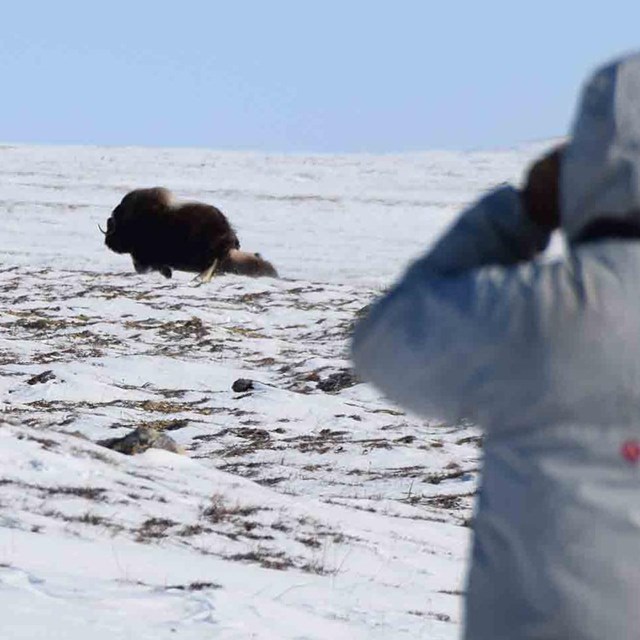 The ArcticArctic Science
The ArcticArctic ScienceThe Arctic is warming more than twice the average global rate. Browse peer-reviewed science about the Arctic.
-
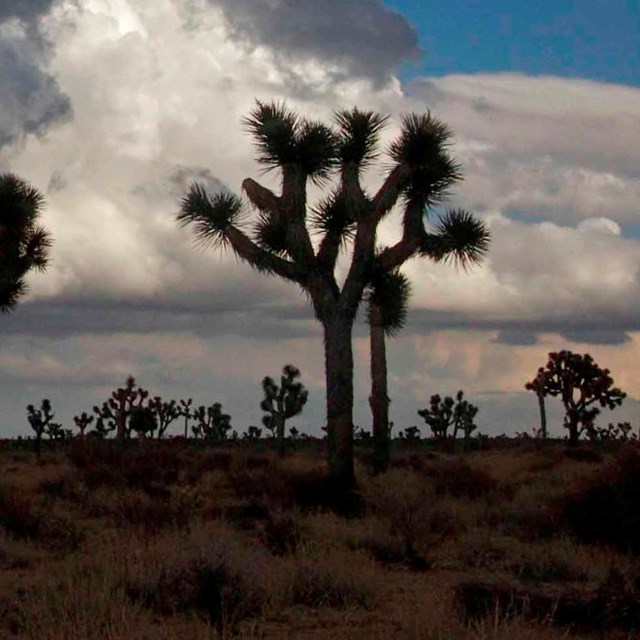 Climate Change Response ProgramClimate Change Effects in Parks
Climate Change Response ProgramClimate Change Effects in ParksBrowse published articles that highlight the impacts of climate change in parks.
-
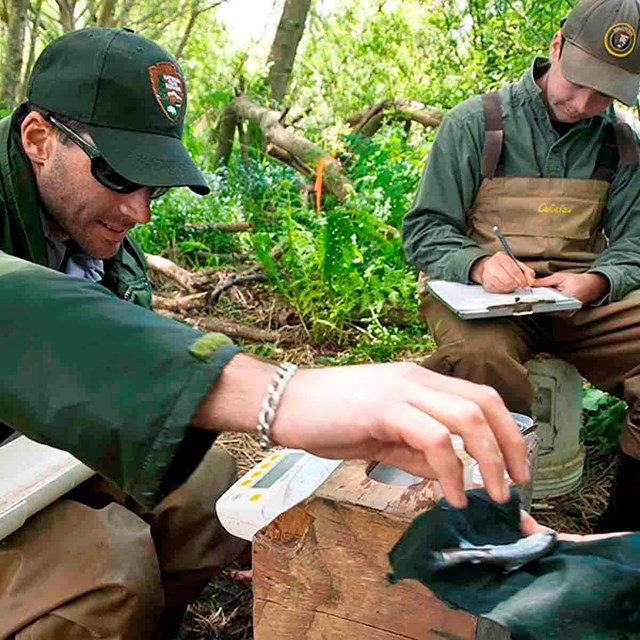 Science for the Second CenturyEcosphere: Special Feature
Science for the Second CenturyEcosphere: Special FeatureThis Special Issue of the journal Ecosphere highlights science in national parks for the second century of NPS.
-
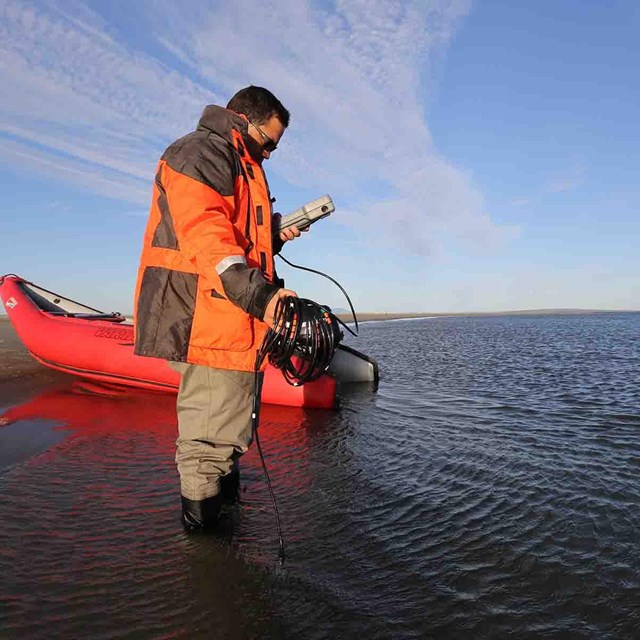 AlaskaScience Articles
AlaskaScience ArticlesBrowse this collection of peer-reviewed, published science from Alaska parks.
Journal Article Highlights
-
 Grand Teton National ParkUpdated lighting in national parks
Grand Teton National ParkUpdated lighting in national parksSwitching outdoor lighting practices could help park visitors and wildlife, while also saving energy and costs.
-
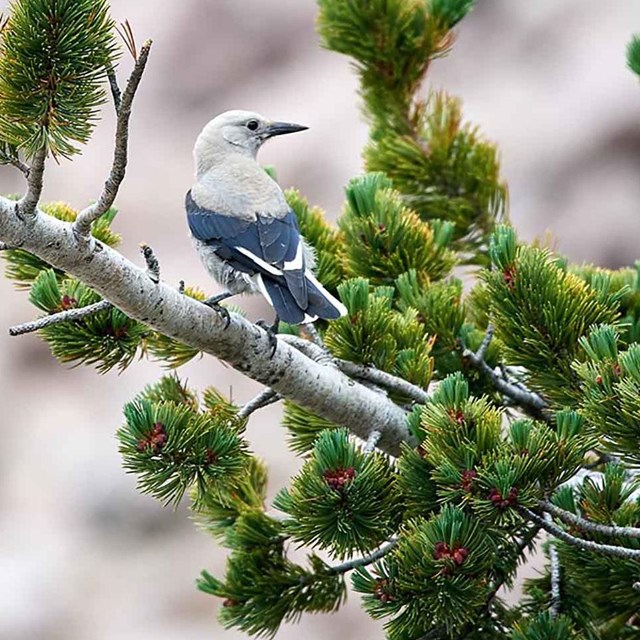 North CascadesThe Fate of Whitebark Pine
North CascadesThe Fate of Whitebark PineThe whitebark pine is dependent on the nutcracker for its seed dispersal, but the trees have to produce enough seeds to keep them around.
-
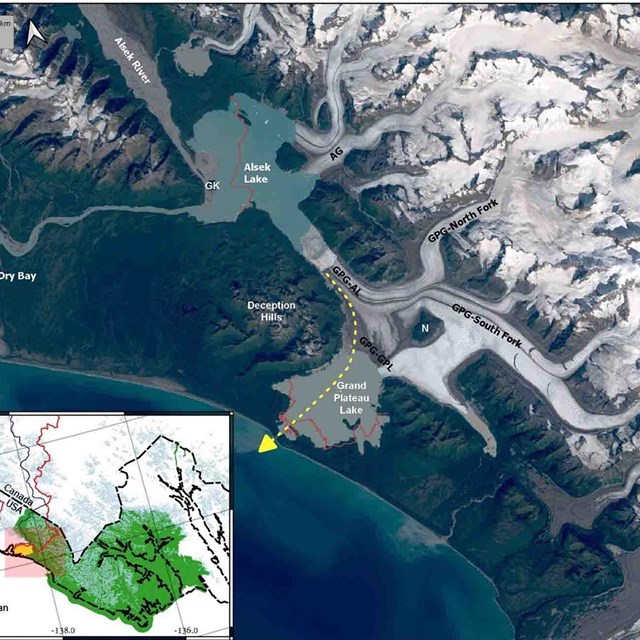 Glacier Bay National Park & PresGlacier Retreat and Landscape Change
Glacier Bay National Park & PresGlacier Retreat and Landscape ChangeThe Alsek River is changing course and will result in significant socioeconomic impacts and park management challenges.
-
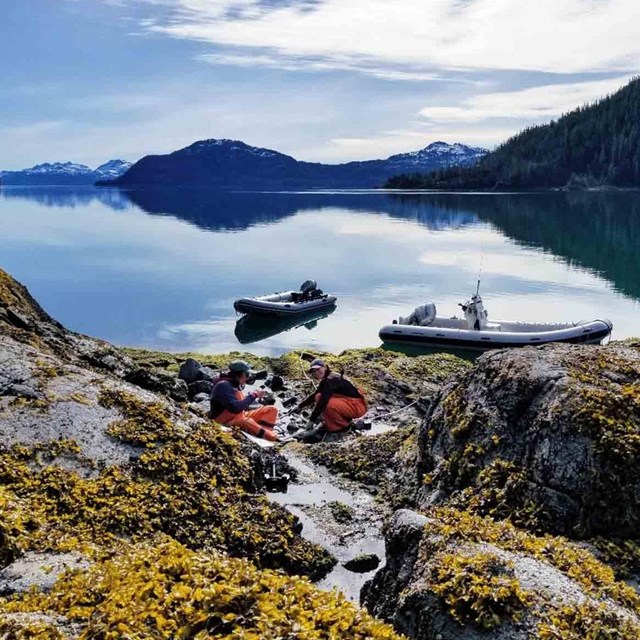 Kenai Fjords National ParkMarine Heatwave Effects Continue
Kenai Fjords National ParkMarine Heatwave Effects ContinueMarine heatwaves are expected to become more common and widespread as due to climate change, causing ecosystem change.
-
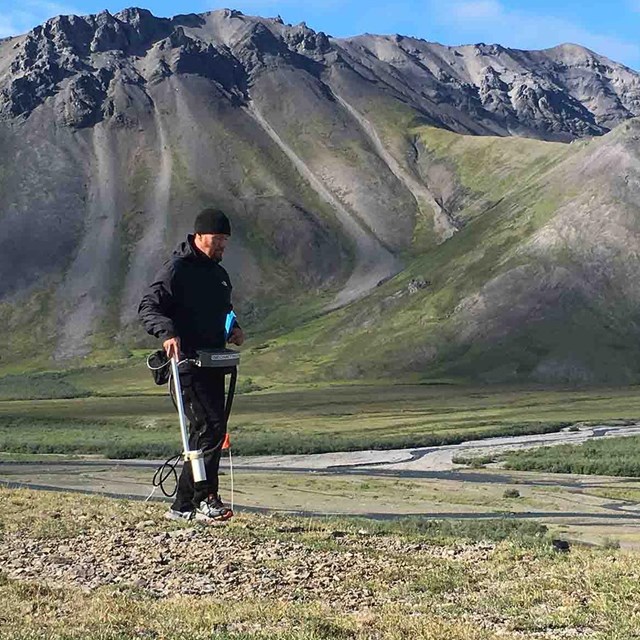 Arctic ParksDetecting Ancient Hearths
Arctic ParksDetecting Ancient HearthsMagnetic surveying is a successful archaeology method to locate ancient campfires with minimal disturbance of the land.
-
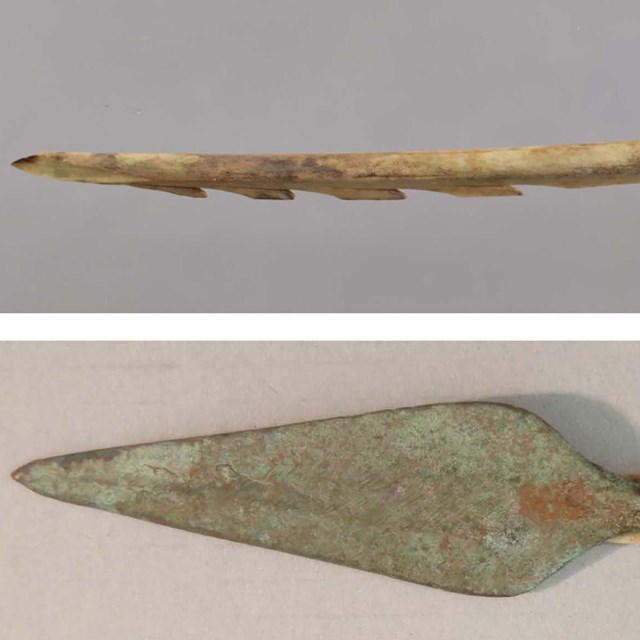 Wrangell-St EliasIce Patch Artifacts
Wrangell-St EliasIce Patch ArtifactsAs alpine ice patches melt, they reveal artifacts, including these blades made from copper and antler.
-
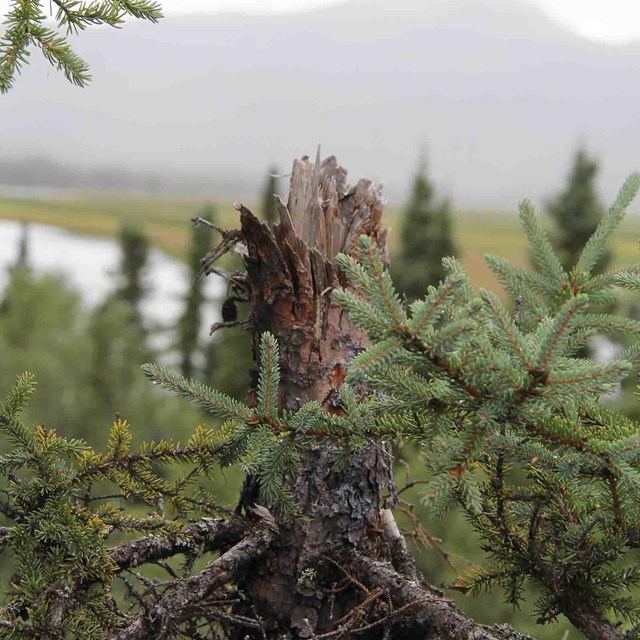 Lake ClarkDena'ina Cultural Landscape
Lake ClarkDena'ina Cultural LandscapeTo mark navigational cues and important locations in the landscape, trees are often used as sign posts or markers.
-
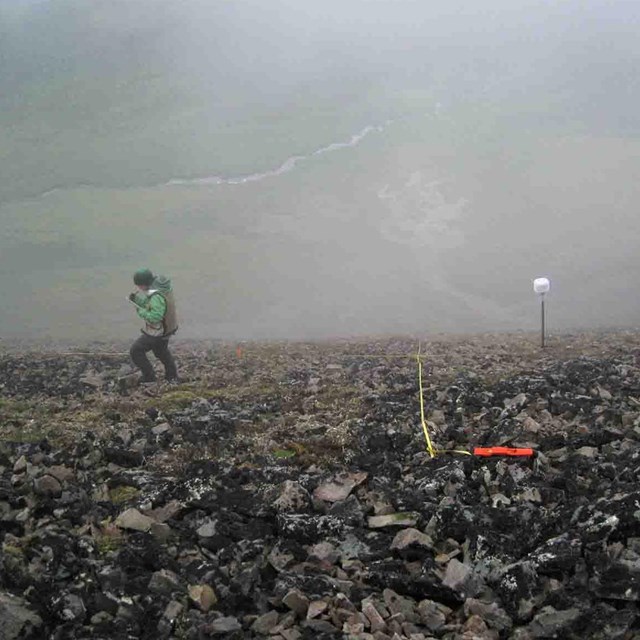 Denali and Wrangell-St EliasImproving Climate and Ecology Models
Denali and Wrangell-St EliasImproving Climate and Ecology ModelsEcological models are powerful statistical tools to understand the complexities of ecosystems and how a warming climate affects them.
-
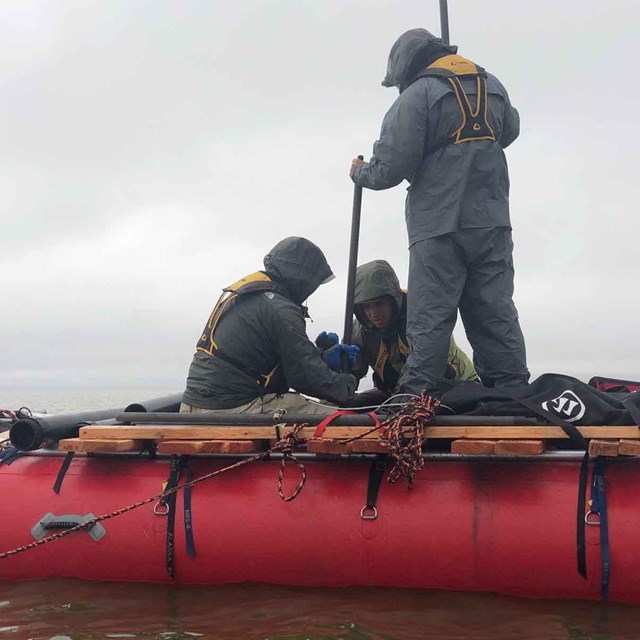 Bering Land BridgePaleoclimate Proxies from Maar Lakes
Bering Land BridgePaleoclimate Proxies from Maar LakesLake sediments hold information about the timing and dynamics of migration across the Bering Land Bridge during the last glacial period.
-
 NoatakPermafrost Thaw and the Carbon Cycle
NoatakPermafrost Thaw and the Carbon CycleFindings from this study provide insights related to carbon release from permafrost thaw in Arctic rivers.
-
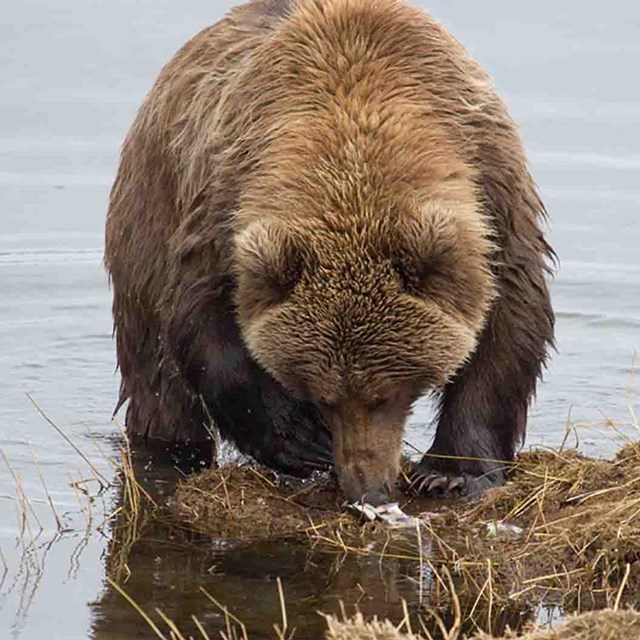 How Bears Shape their Ecosystem
How Bears Shape their EcosystemBears and salmon shape everything from seed dispersal and small mammals to ungulate and other predator population dynamics.
-
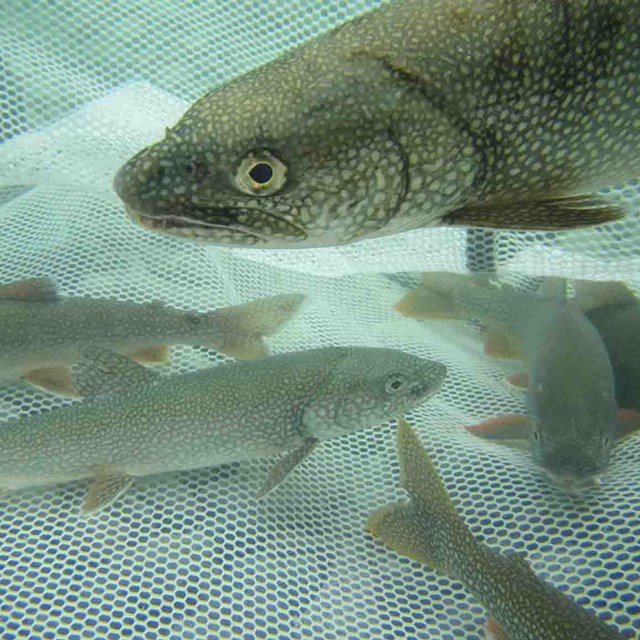 Lake ClarkTrout Grow Faster as Climate Warms
Lake ClarkTrout Grow Faster as Climate WarmsClimate-driven increases in production at low trophic levels move up through the food web, where they benefit top predators like lake trout.
Source: NPS DataStore Saved Search 3813. To search for additional information, visit the NPS DataStore.
Last updated: December 13, 2024
